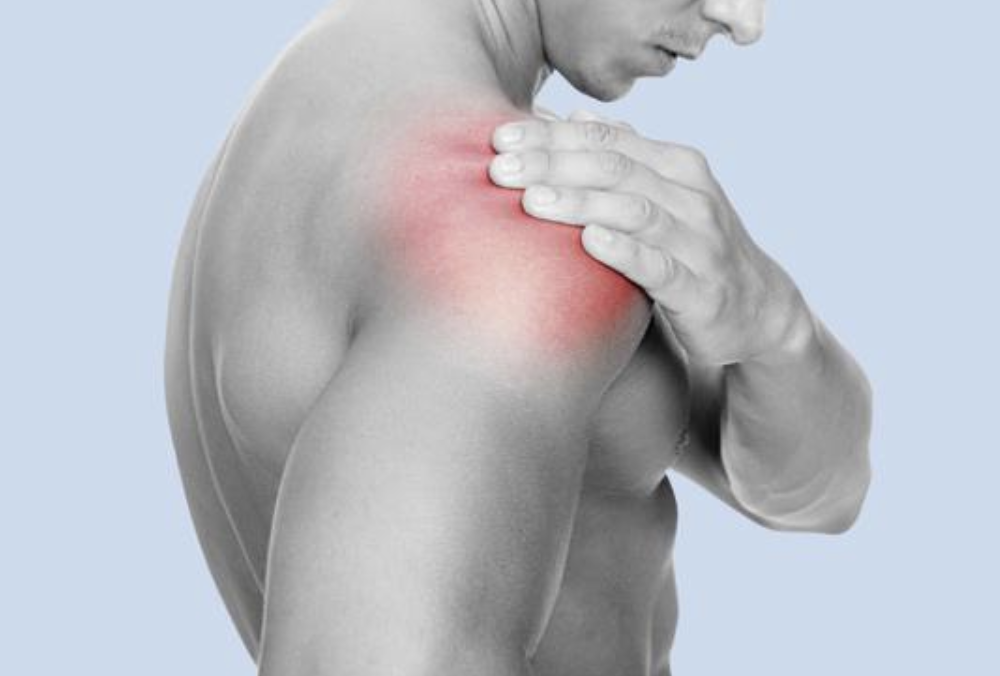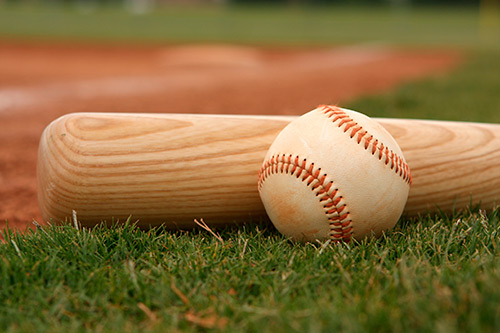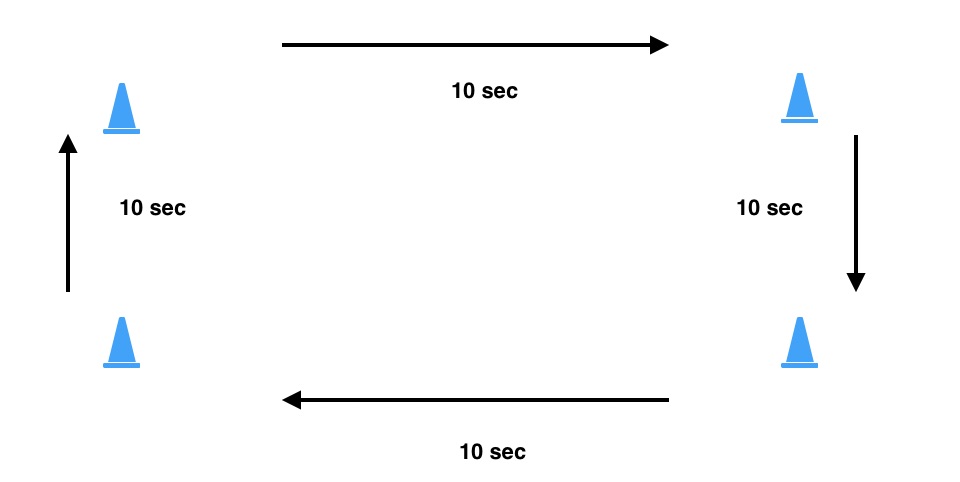Do you experience pain when performing gripping tasks such as washing your hair and holding a pan?
These are an indication of golfer’s elbow. Golfer’s elbow is also known as ‘medial epicondylitis’. Golfer’s elbow usually comes on gradually over time and is an uncomfortable niggle in the morning or with aggravating activities before it develops into a painful injury causing loss of function. Most elbow movements will be pain-free, however specific gripping movements are often painful such as swinging a golf club.
Golfer’s elbow is not an inflammatory condition. It can have some inflammation originally; however, it is a tendinopathy condition which is generally caused by overuse of these specific muscles. Small degenerative changes occur in the common tendon of these flexor muscles which produces the pain.
Rehab is critical for this condition to prevent further degenerative changes which are unable to be reversed. Specific exercises and a gradual loading program are often successful with individuals suffering golfer’s elbow.

Immediate management involves avoidingactivities that exacerbate pain in the area, especially those that require repetitive wrist flexion (bending wrist forwards) and forearm pronation (palm facing downwards to the ground). However, rest is NOT the answer. Decreasing load is important, however complete rest will slow down your recovery and reproduce symptoms as soon as you commence flexion activities again.
Icing can alleviate pain as well as decrease swelling if this is present. Icing should also be undertaken following every strengthening session throughout rehab.
Applying massage to the muscles on the inside of the forearm can help reduce tension and tightness in these muscles. This will improve their function which long term should help reduce the strain on the tendon at the elbow.
Strengthening exercises to help manage Golfer’s elbow
As with tennis elbow, it is normal to feel some pain during and/or after rehab sessions, however it is best to scale the degree of pain. 0 is no pain at all and 10 is excruciating pain. The pain felt throughout rehab and exercise should not be more than 3/10. In addition, pain should not be worse the following morning or 24 hours after your session. If this is the case the tendon has been overloaded.
The below 2 exercises are a good starting point to decrease your pain. They shoulder be performed 3-5 times per day.
- Isometric wrist flexion for 30 seconds (see below)
- Isometric grip strength for 30 seconds
These can eventually be progressed to exercises such as:
- Eccentric wrist flexion
- Eccentric-concentric wrist flexion
For more advice and treatment on golfer’s elbow or elbow pain come and visit one of our physiotherapists at Glenferrie Sports and Spinal Clinic in Hawthorn. We will have you performing functional activities and returning to sport as soon as possible following a rehabilitation and gradual loading program tailored to your needs.















 Adapting to the workout determines how your maintenance program will be chosen and designed. What used to be a gruelling workout that taxed your body will now simply become your daily warm-up. This is a clear adaptation to the stressor and shows that you have become significantly stronger and holds true across all domains – strength, endurance, plyometric ability, etc.
Adapting to the workout determines how your maintenance program will be chosen and designed. What used to be a gruelling workout that taxed your body will now simply become your daily warm-up. This is a clear adaptation to the stressor and shows that you have become significantly stronger and holds true across all domains – strength, endurance, plyometric ability, etc. 





